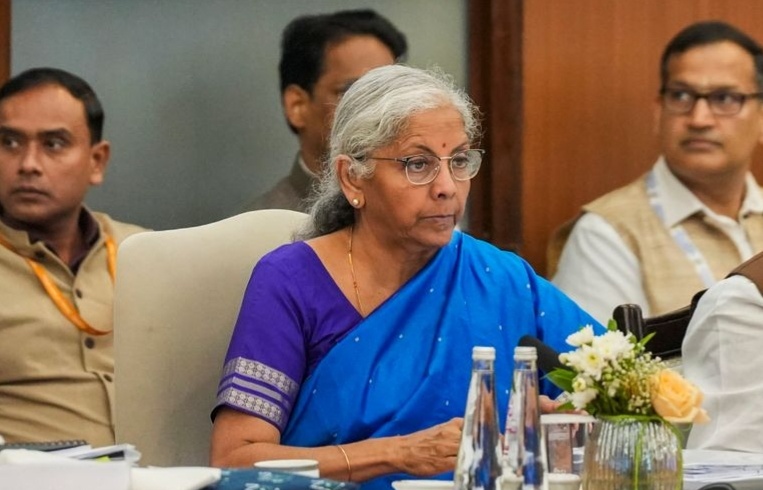NEW DELHI, September 3, 2025 — In a landmark move to simplify India’s indirect tax framework, the Goods and Services Tax (GST) Council, chaired by Finance Minister Nirmala Sitharaman, approved a sweeping reform on Wednesday that will replace the existing four-tier GST structure with a streamlined two-slab system.
The new regime, set to take effect on September 22, introduces two primary slabs 5% and 18% while reserving a special 40% rate for luxury and sin goods such as premium vehicles, tobacco, pan masala, and online gaming. Officials estimate that the rationalisation will result in a revenue loss exceeding ₹47,000 crore, but argue it will spur consumption, ease compliance, and make India’s tax system more business-friendly.
Since its rollout in July 2017, GST has operated across four slabs 5%, 12%, 18%, and 28% with additional cess on select products. Under the new system, the 12% and 28% categories will be eliminated, with most items reclassified. Nearly 99% of goods currently taxed at 12%, including everyday items such as ghee, packaged drinking water, medicines, and bicycles, will shift to the lower 5% bracket. Meanwhile, about 90% of goods in the 28% slab will move down to 18%, making a wide range of products more affordable.
The reform, described by the government as “GST 2.0,” aligns with Prime Minister Narendra Modi’s Independence Day pledge to deliver next-generation tax reforms as a “Diwali gift” to ordinary citizens, farmers, the middle class, and small businesses. The council’s decision underscores the government’s focus on structural changes, rate rationalisation, and enhancing ease of living, marking one of the most significant overhauls to India’s tax system since GST’s introduction eight years ago.
GST Council Approves Two-Slab System, Major Tax Reform to Roll Out by September 22

